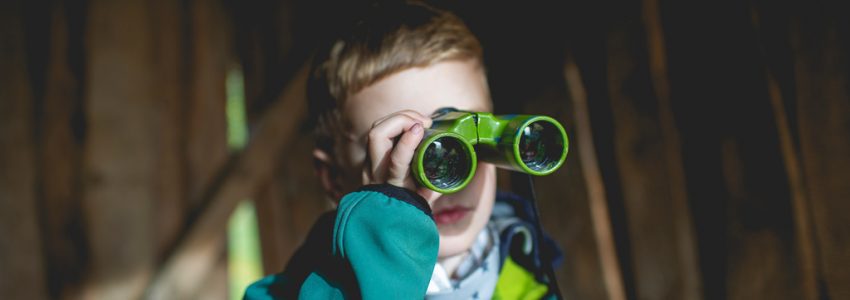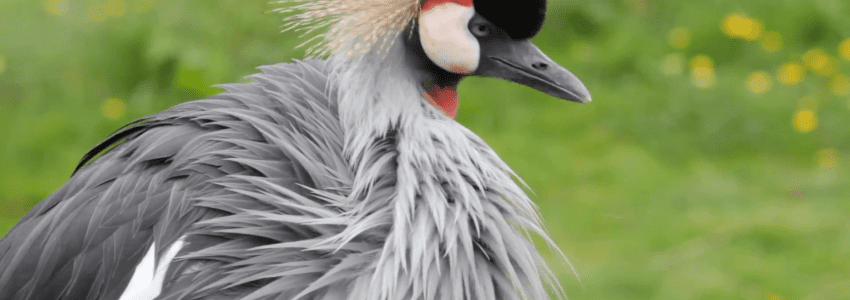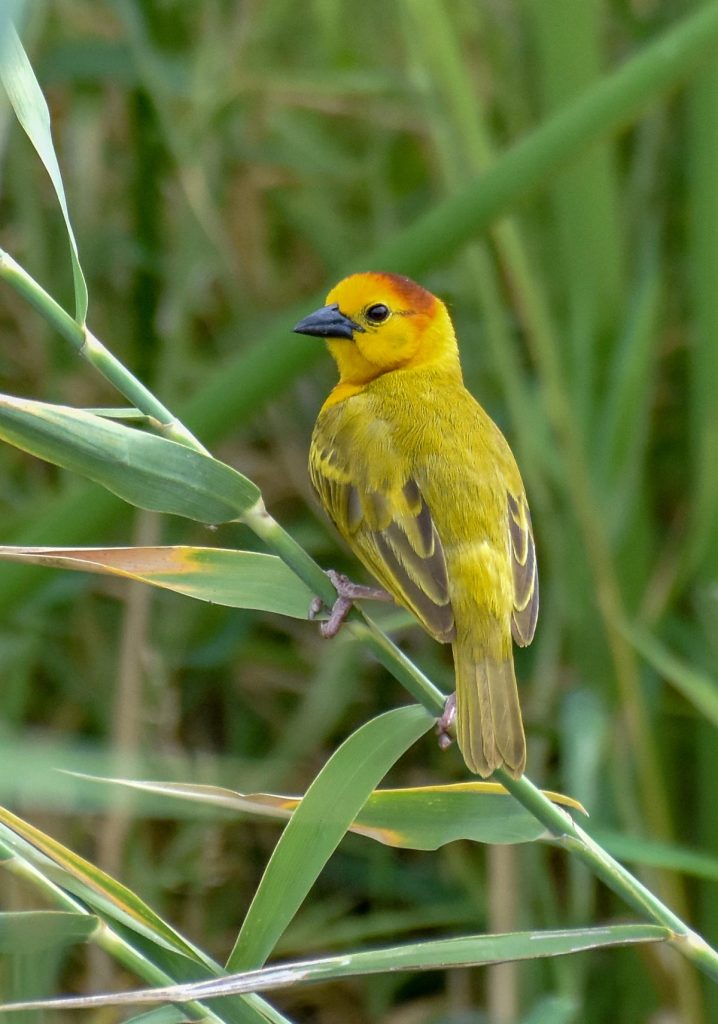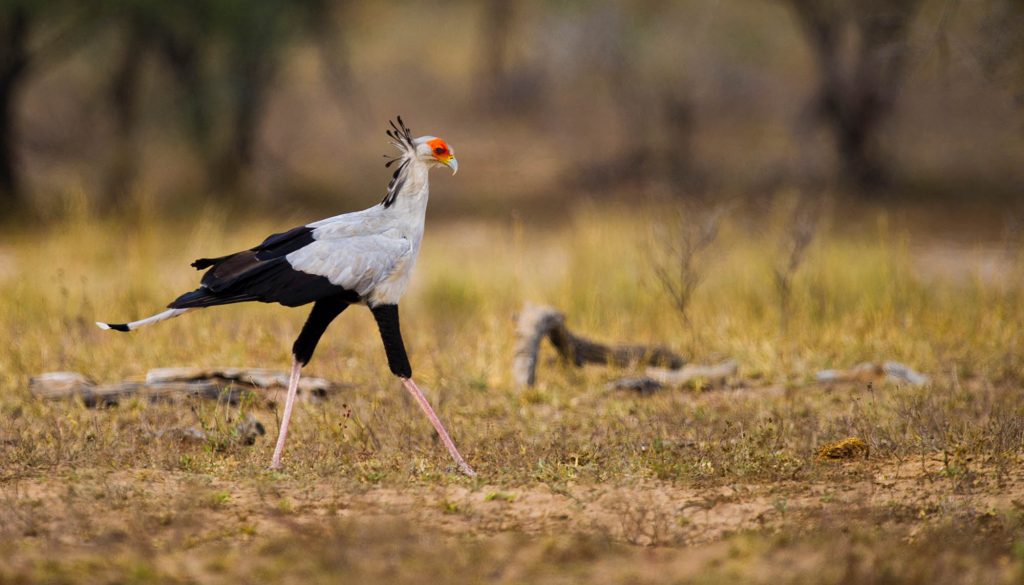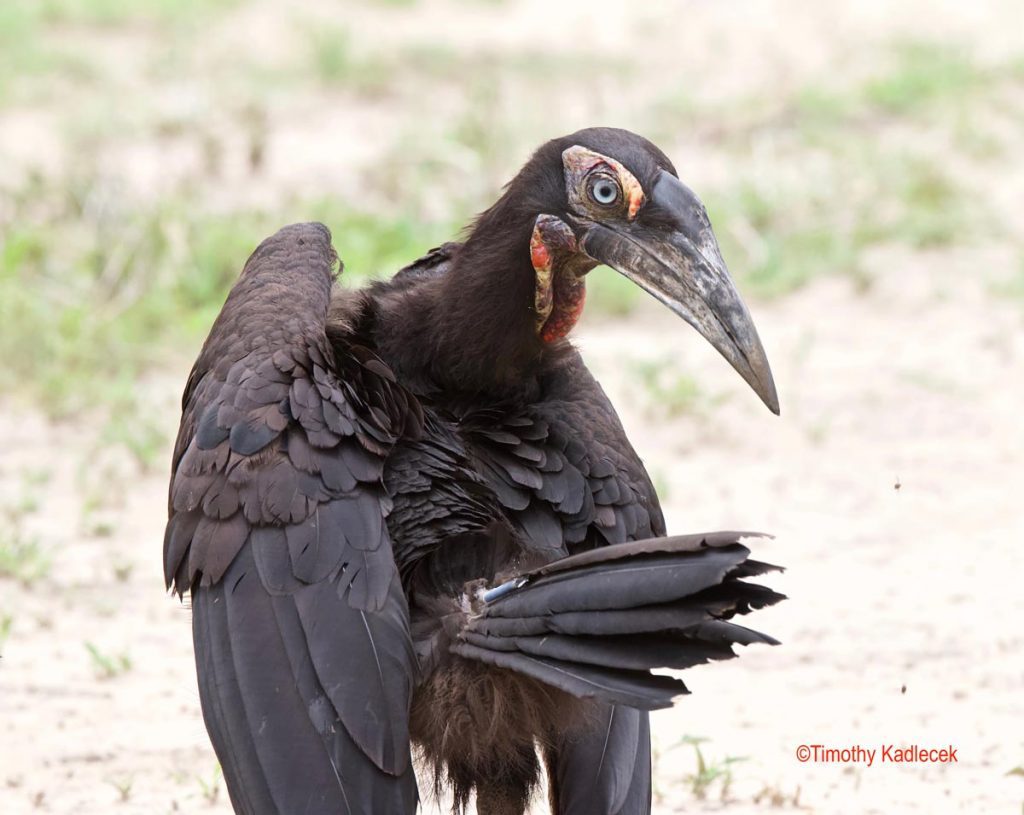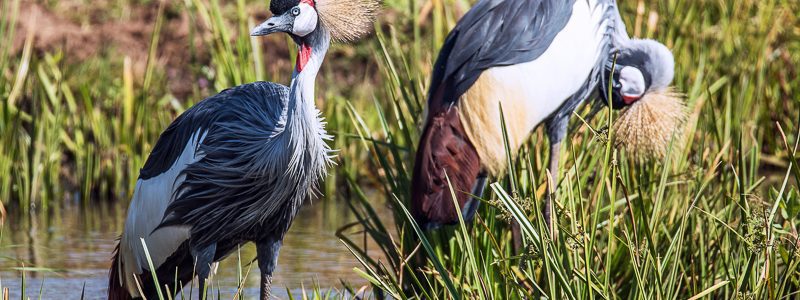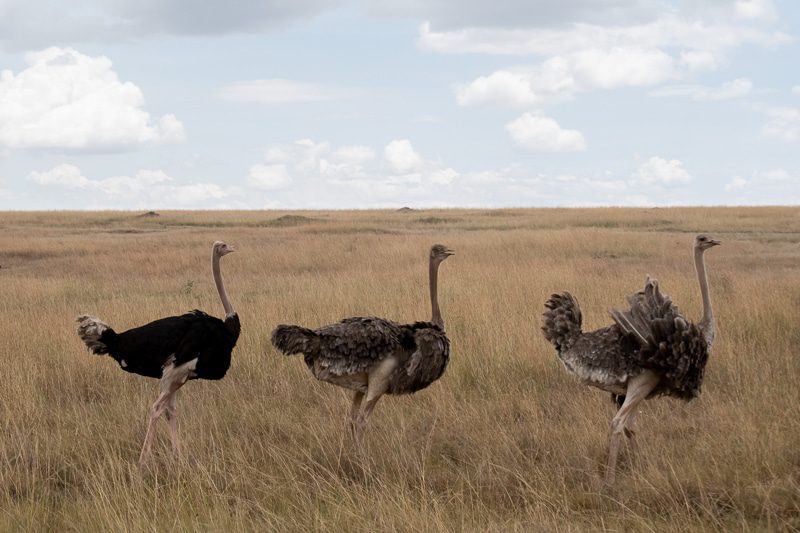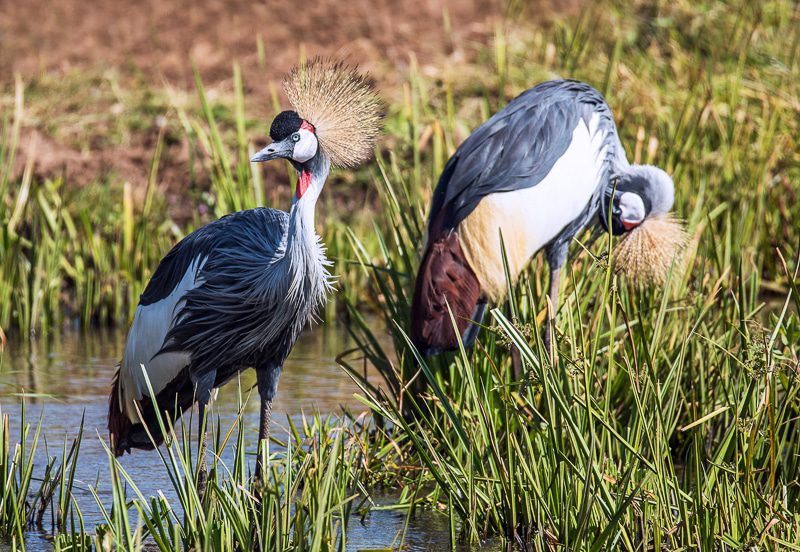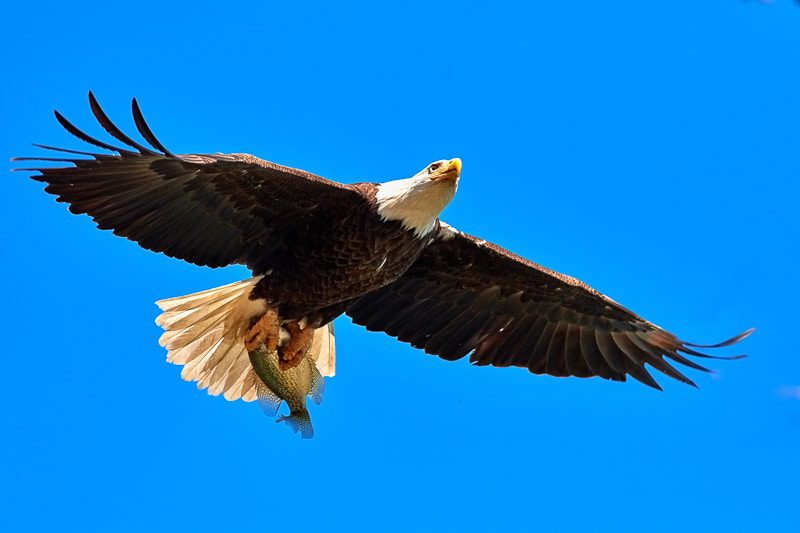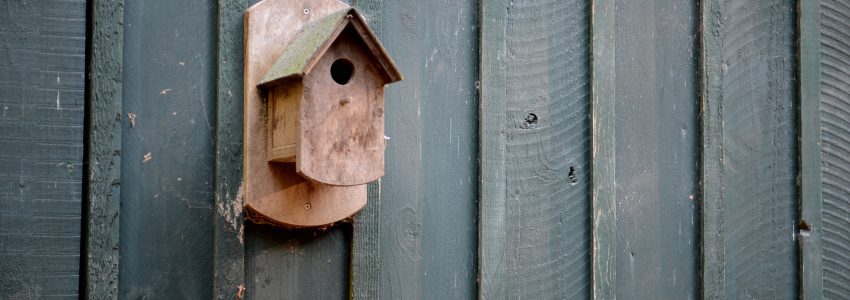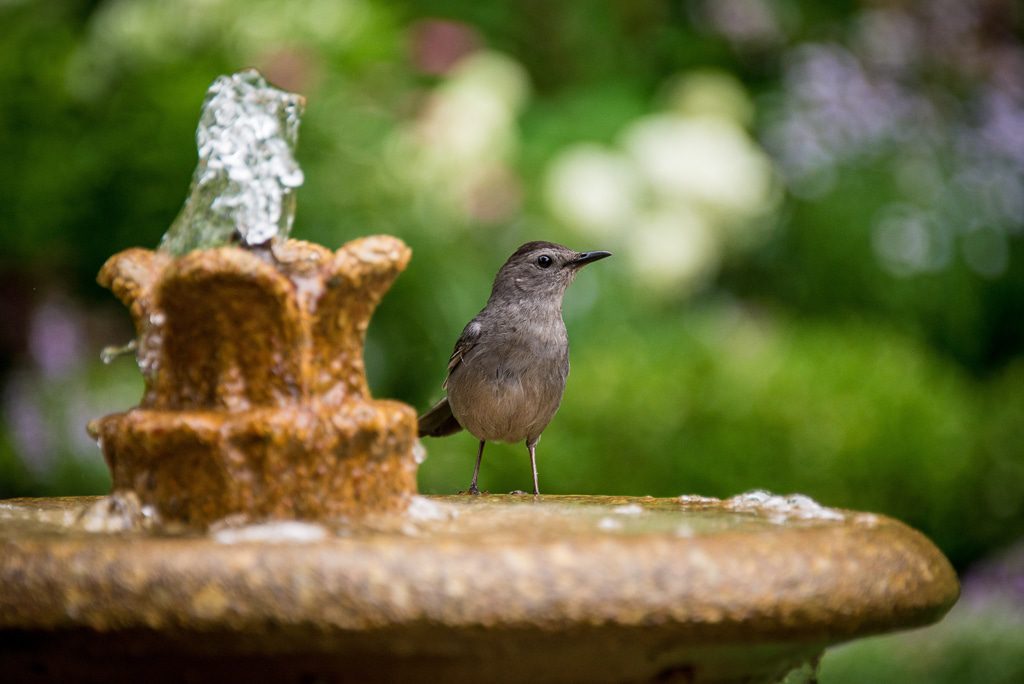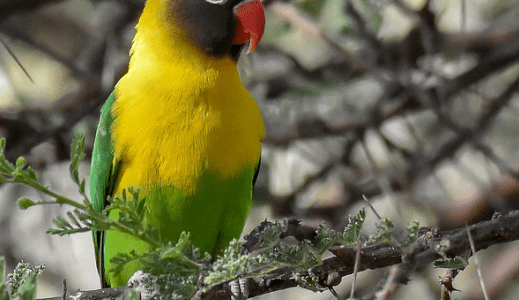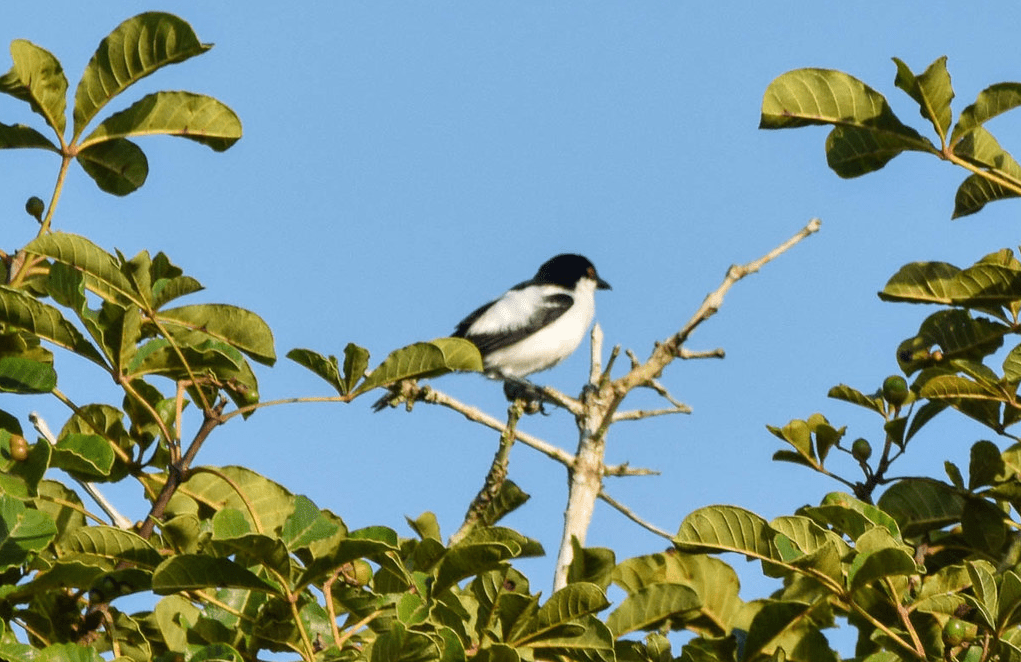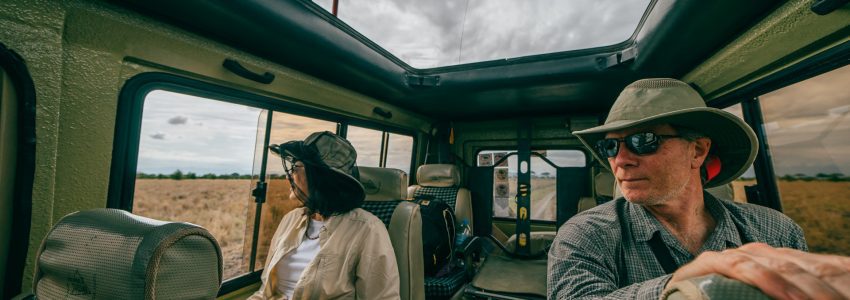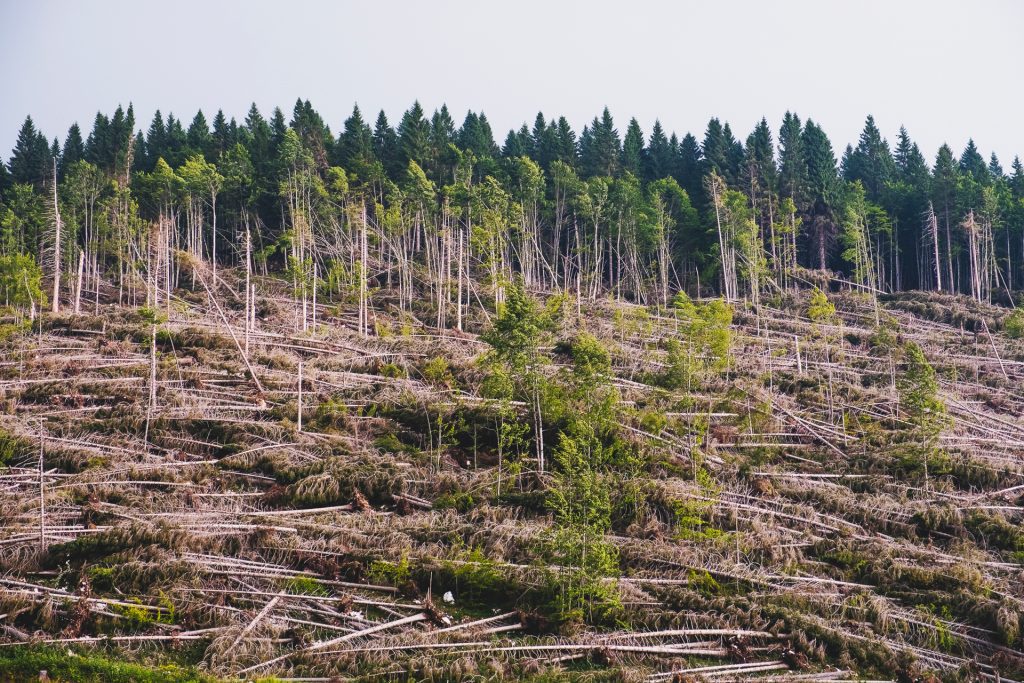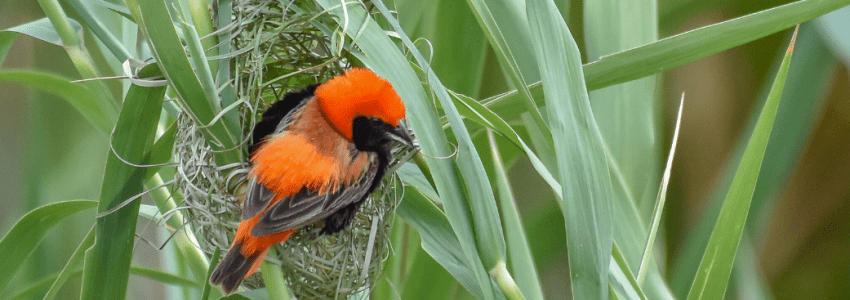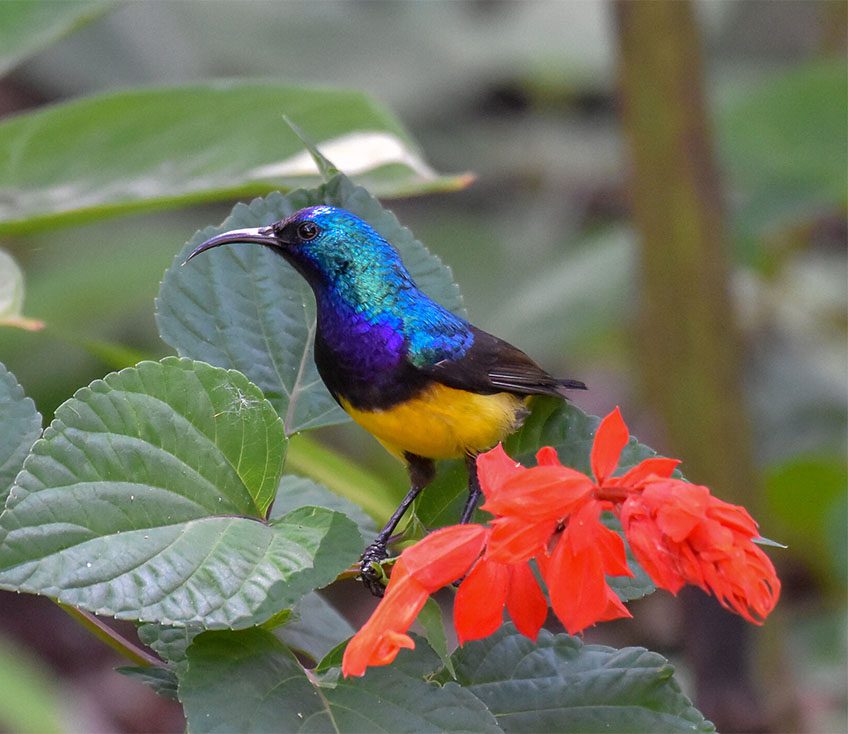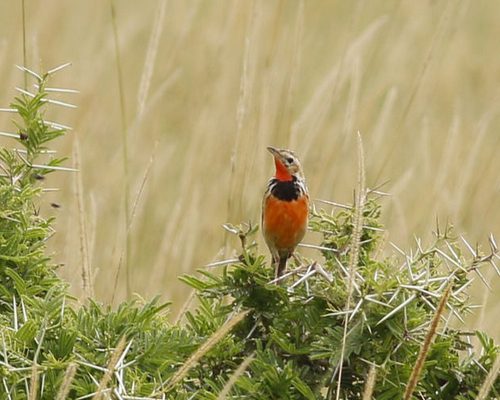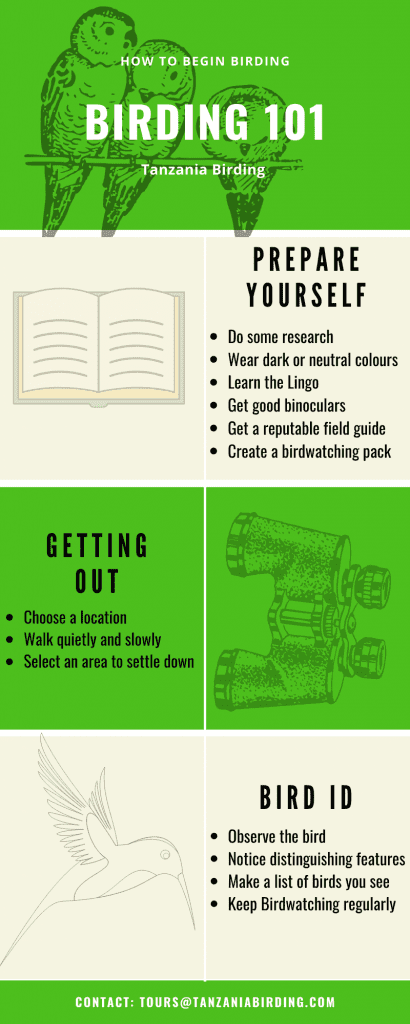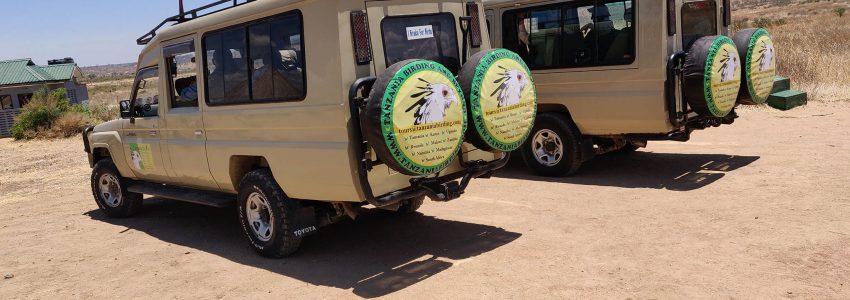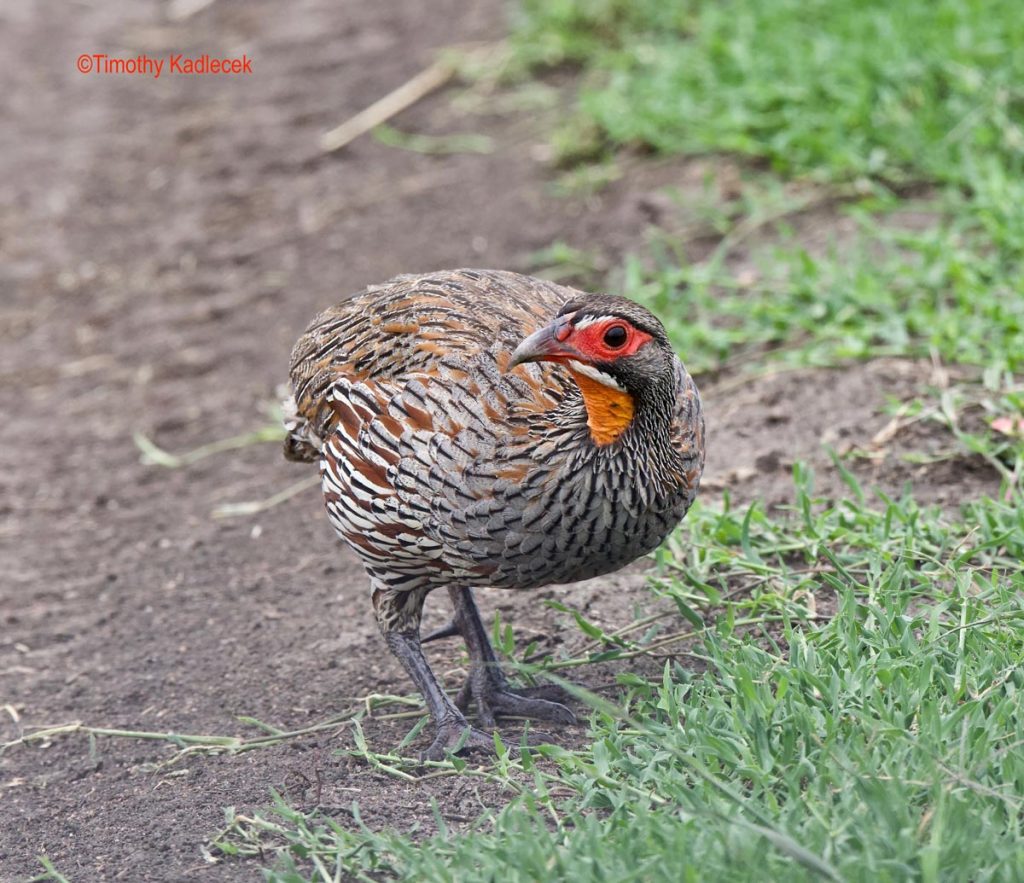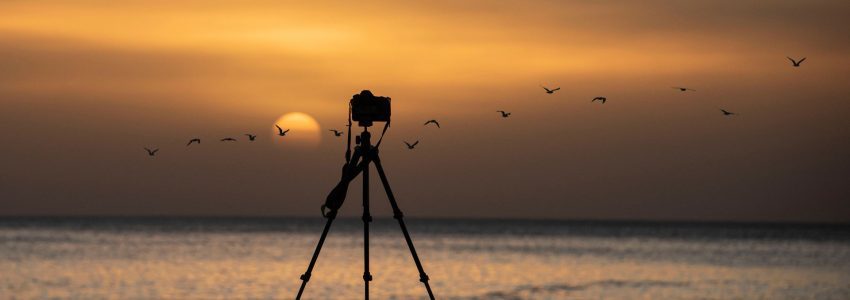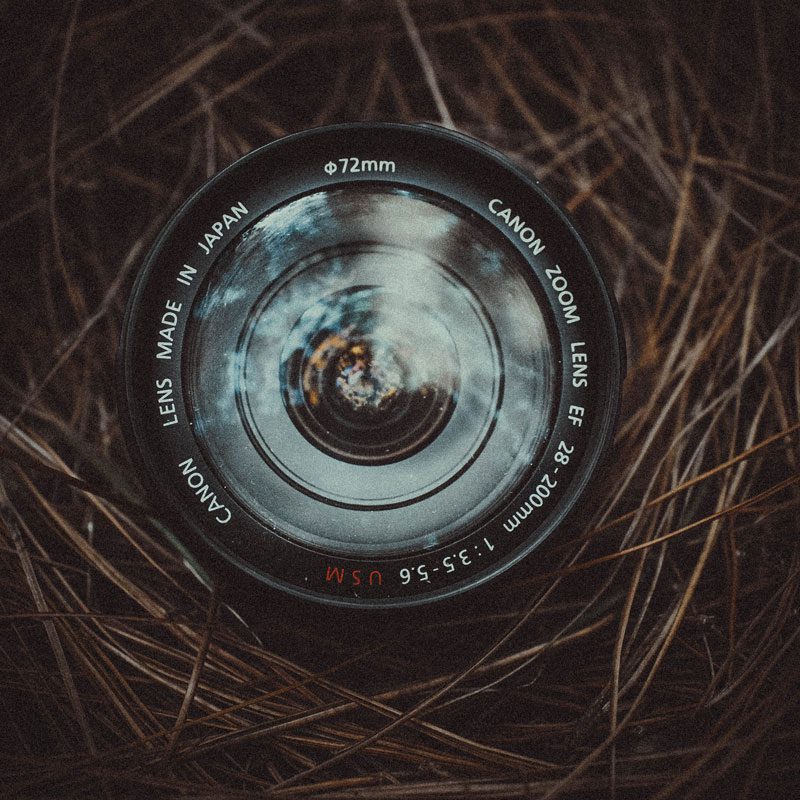Children are naturally curious. Why not take advantage of this and introduce them to a healthy pastime?
Birdwatching is inspiring and refreshing. It connects us to a place and gets us outside in our yards and neighbourhoods to explore. So how do you get started and how do you make this hobby interesting for children? Take a look at some tips and games that your children can play to get them birding.
How to Bird
Prompt children with the knowledge that birds are not easy to see, and sometimes adults struggle too. But if you listen quietly and carefully, you can hear them. Help them by telling them to close their eyes and listen, and then to point to the area the call is coming from.
Where to go
This is one hobby where you don’t need to go far. You can see birds on the street, in your yard, in parks and in conservation areas. But having water or a dam in an area means it will attract birds. You may see herons, ducks, egrets and if you are lucky, swans.
What to look for
Not having much luck finding birds? Look for telltale signs that birds leave behind. Try finding nests, the remainder of cracked seeds or bird poop.
Which binoculars to use
Binoculars take some getting used to, and it can be difficult for children. Kids also find spotting through scopes challenging. Why not teach them to focus on staying still and looking for movement of birds or other animals? Or for fun and to get them into the habit, why not make a pair of DIY cardboard binoculars?
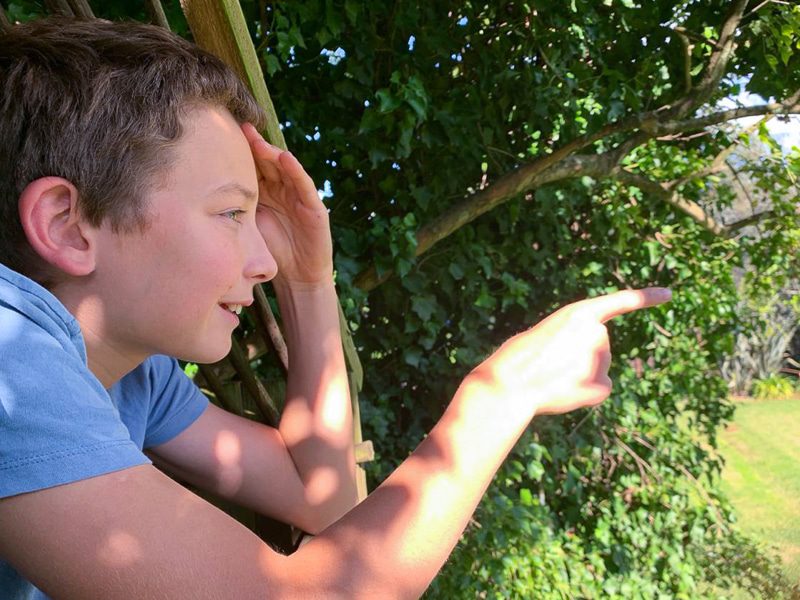
Games
How do you get a child interested in something? Make it a game! Here are some ways that will help them get into birding.
Scavenger hunt
Get them interested in a goal – try to see as many different birds as possible. For many children, counting up from zero to a number eg. ten, will be enough to keep them focused and enjoy learning.
Help children be more observant. Make a list of birds you would like to see before heading out. Use general categories like hawks, doves, sunbirds or even small animals in groups below four.
Leader
Encourage children’s independence. Let them pick an area on a map (that has a green patch) close to you to visit. When you arrive, let your child select which trail to take and guide you, telling you which things or places they want to study along the way.
Binocular spy
If your child is able to make use of binoculars, teach them to use them properly by asking them to read signs at different distances. Start closer to you and continue to move further away until they are able to hold the barrels steady and turn the focus wheel steady while operating.
Once they have this in their skills, play ‘I Spy’ to help them find smaller objects.
Sound off
Most children can easily tell you what a dog or a chicken sounds like, but what about a guineafowl? Get your child to imitate the bird sounds they hear and then use a field guide app to pull up the bird and play back clips to listen to and identify. Then get them to voice their own translation of the songs and calls.
Now that you have the actionable steps to getting your birding skills on point, plan and book ahead for a tour. You can contact us on tours@tanzaniabirding.com.
Source: Audubon

